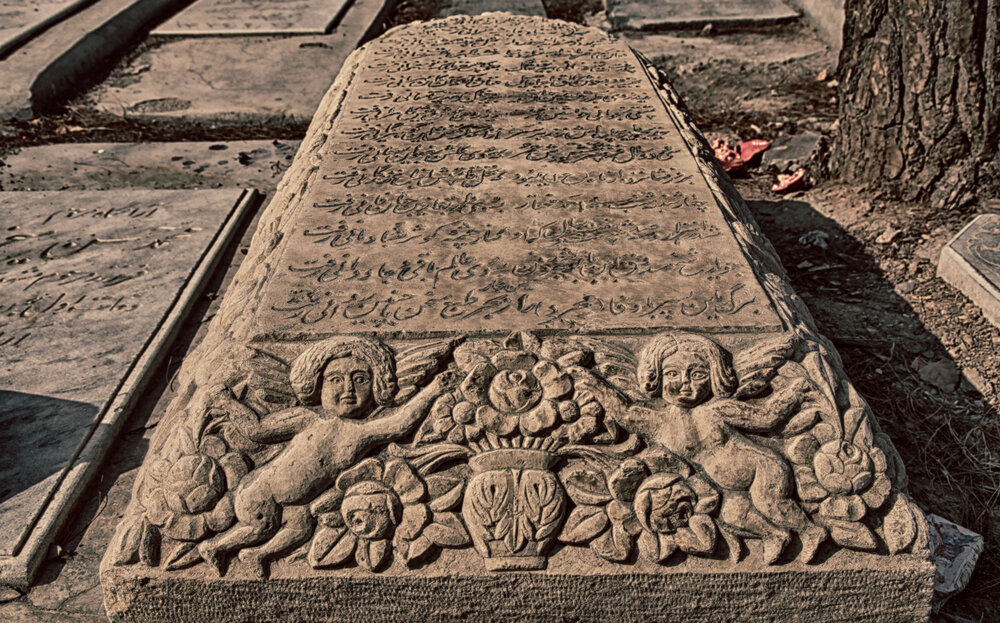Cemeteries as tourist attraction: Ibn Babawayh

TEHRAN – Tramping through the nearby cemetery might not be your first choice when considering enjoyable outings.
However, cemetery tourism is a developing industry today as more tourists pay visits to cemeteries around the globe to reflect on their lives, find the grave of a celebrity, or discover more about their ancestry by visiting the final resting places of loved ones.
Ibn Babawayh, which is situated in the ancient city of Rey, southern Tehran, is a sizable historical cemetery where many notable Iranians have been buried.
Strolling around the graveyard, you can visit the graves of well-known Iranians like Jalal Al-e Ahmad, the contemporary author, Hossein Behzad, the eminent miniaturist, Ali-Akbar Dehkhoda, the well-known linguist, poet, and scholar, and Gholam-Reza Takhti, and the well-known Olympic gold medal-winning wrestler, to name a few.
Moreover, it was once home to numerous family mausoleums with exquisite historical structures, but many of them have been destroyed as a result of urban development projects.
The cemetery bears the name of Ibn Babawayh, an Islamic theologian and the author of one of the “Four Books,” which serve as the cornerstones of Twelver Shia doctrine.
Ibn Babawayh, also known as Shaikh Saduq, was born in Khorasan, northeast Iran, in 923 CE, and passed away in Ray in 991 CE. His tomb, which bears eight pillars decorated with beige and blue tiles, is a place of pilgrimage for Muslims.
The cemetery, which was initially constructed during the rule of the Samanids (819–999), has been destroyed numerous times and for a variety of reasons, including the Mongol invasion (1219–1221 CE), several civil wars, and also natural disasters.
The construction of the current cemetery, which took place during the Qajar era, has a fascinating history. According to Haj Mohammad Baqer Khansari in a book titled “Rozat al-Janat”, the old cemetery was once destroyed by heavy floodings.
Narratives say, the time when workers arrived to repair the damage, they discovered an intact corpse and an inscription in the mausoleum cellar. The mausoleum was constructed 800 years ago, based on the inscription. By the way, when word of the discovery of an intact corpse in Shaikh Saduq's mausoleum reached the court, the king dispatched an envoy to the location to verify the veracity of the report.
One of the Parthian empire's capital cities, Rey, was conquered by Muslim Arabs in 641 CE. It was one of the Parthian empire's capital cities (third century BC–first century CE). The city grew in importance during the rule of the Muslim caliph al-Mahdi in the eighth century, eventually surpassing Damascus and Baghdad as the most important cities in western Asia.
According to Britannica, Islamic writers described it as a city of extraordinary beauty, built largely of fired brick and brilliantly ornamented with blue faience (glazed earthenware). It continued to be an important city and was briefly a capital under the rule of the Seljuks, but in the 12th century, it was weakened by the fierce quarrels of rival religious sects. In 1220, the city was almost destroyed by the Mongols, and its inhabitants were massacred. Most of the survivors of the massacre moved to nearby Tehran, and the deserted remnants of Rey soon fell into complete ruin.
AFM
Leave a Comment